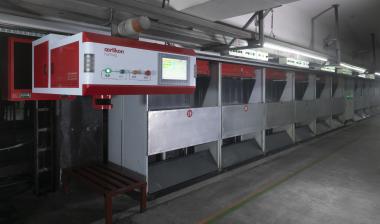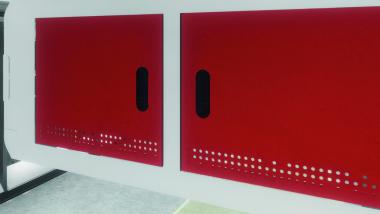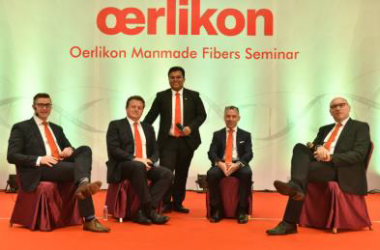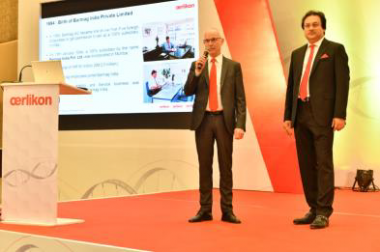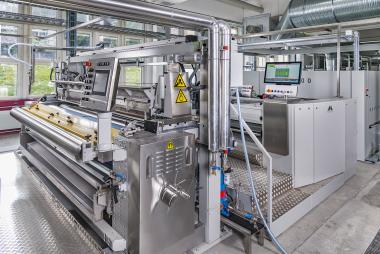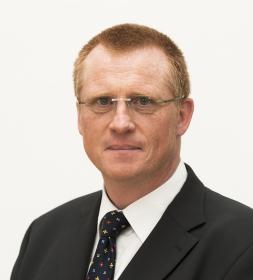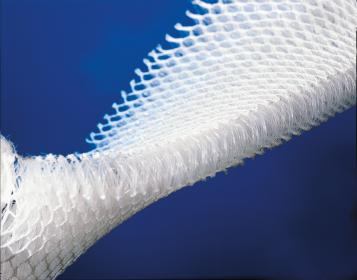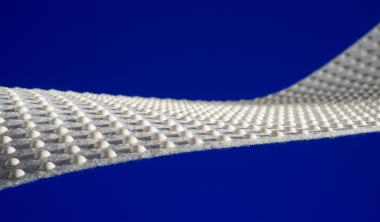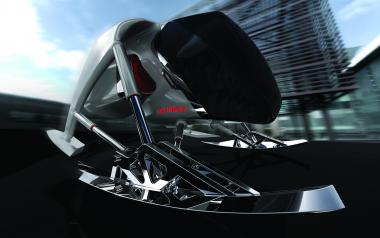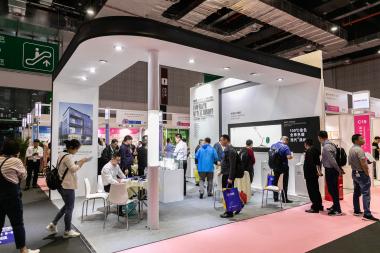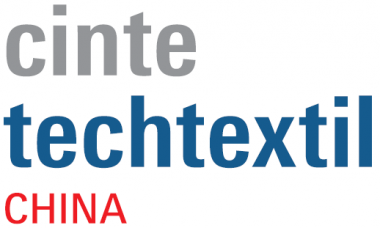Oerlikon Barmag: Wiping robots increase production efficiency
Retrofitting a wiping robot to spinning systems is well worthwhile. This is confirmed by the experiences of those customers who have already installed the wiping robot. Oerlikon Barmag wiping robots have been cleaning spin packs at filament yarn manufacturing facilities in China and India for several months now, increasing efficiency considerably.
Regular wiping of the spin packs is important for process stability and yarn quality. These can be positively influenced using wiping robots, because – as confirmed by data acquisition and analysis at the respective manufacturing facilities – the yarn break rate can be reduced by up to 30% by automating the wiping process. And the yarn break rate has a direct impact on the key production figures; to this end, a considerable reduction translates into pure profit for yarn manufacturers.
Can also be retrofitted to existing systems
The Oerlikon Barmag wiping robot can be retrofitted to numerous spinning plants. Suspended from a track system mounted on the ceiling, the system automatically and autonomously targets the individual positions in accordance with the scheduled wiping cycles. In addition to the scheduled wiping processes, there are also events that cannot be planned or that are not immediately visible. Depending on the degree of integration into Oerlikon Manmade Fibers Smart Factory solutions, the wiping robot is able to identify issues such as yarn breaks or parallel wiping processes and to independently offer solutions.
The wiping robot operates in a cross-line manner. Here, the wiping quality remains constant 24/7. The high wiping quality has a positive influence on both the stability of the overall process and on the yarn quality. The time saved between cleaning cycles is a further advantage: using the robots, the interval between two wiping processes can be extended by up to 25%. The considerable increase in the spinning process efficiency achieved by the wiping robot also has a positive impact on margins. For example, one customer deploying the wiping robot was able to reduce its production costs for the same yarn by more than 3%.
Oerlikon


